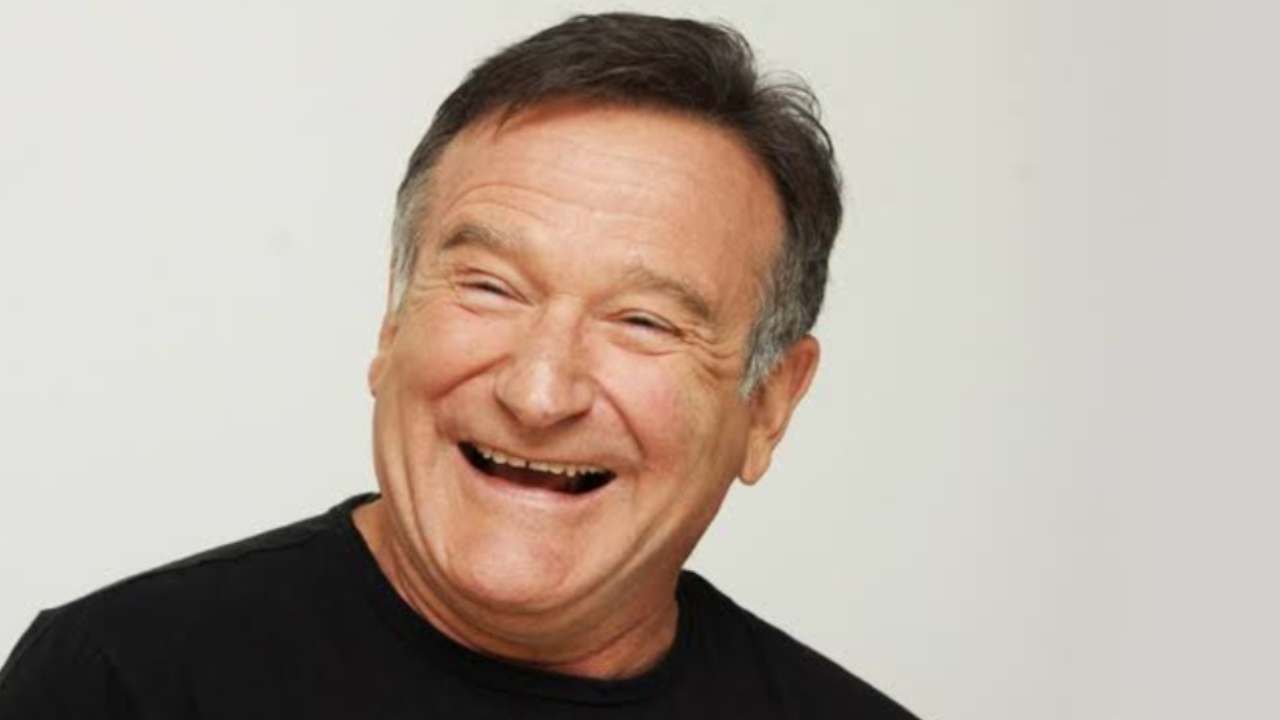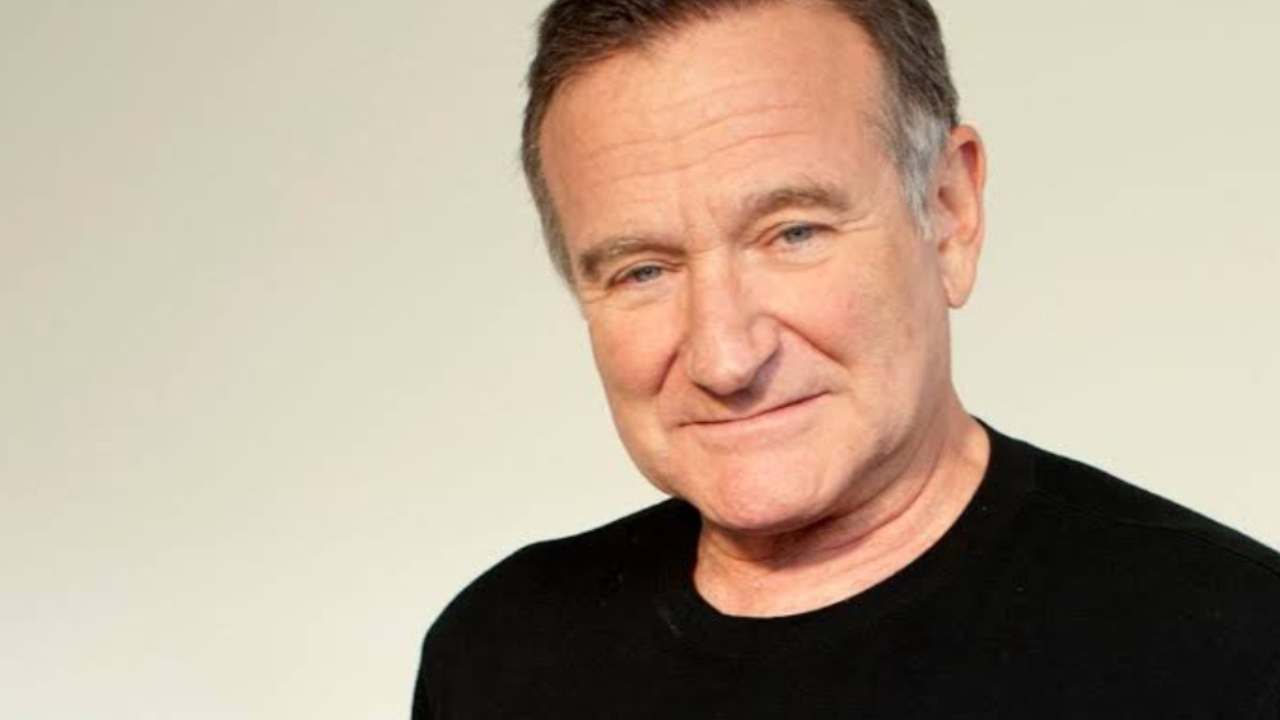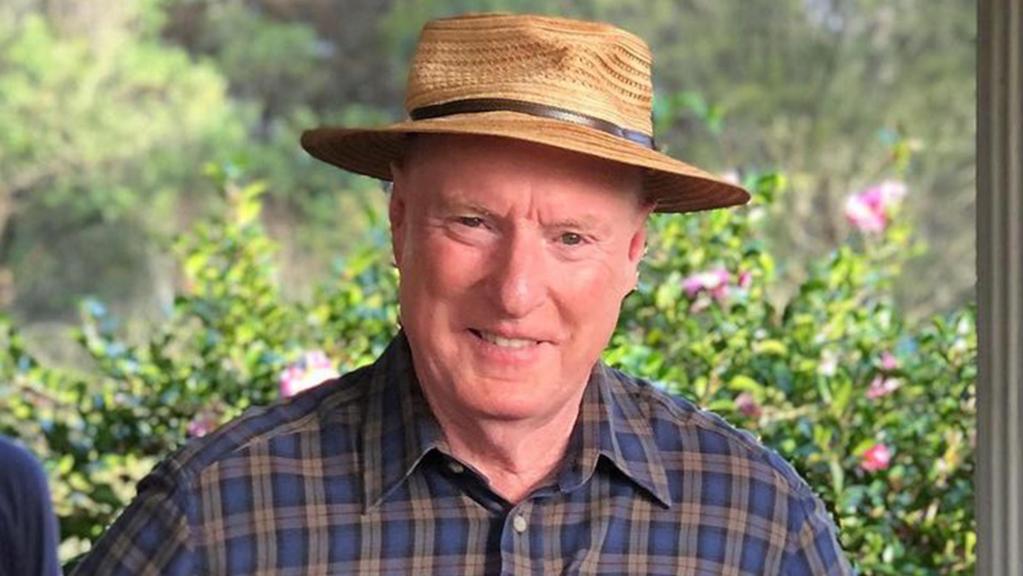Tragically, the catalyst behind Robin Williams‘ torment, culminating in his tragic demise, only emerged posthumously.
Renowned for his lightning-fast wit and unparalleled comedic brilliance, Robin Williams forged an illustrious career. However, in 2013, the very faculties that defined him began to falter.
On August 11, 2014, he succumbed to suicide after enduring months of debilitating health struggles.
The unraveling commenced during a celebration marking his two-year wedding anniversary with third wife Susan Schneider.

Williams voiced concerns about ‘gut discomfort,’ triggering what would become a relentless descent.
A resting tremor surfaced in his left hand, attributed to an earlier shoulder injury, alongside a medley of seemingly disparate maladies that ebbed and flowed.
The beloved star grappled with stomach cramps, heartburn, and constipation. Vision and olfactory impairments emerged, alongside urinary difficulties and heightened anxiety, disrupting his sleep patterns.
His limbs occasionally seized mid-motion without cause, while his voice waned, and his posture slackened, sometimes immobilizing him entirely.
“It was like this endless parade of symptoms, and not all of them would raise their head at once,” his wife Susan told New York Times culture reporter, Dave Itzkoff, for his biography, Robin.
“It was like playing whack-a-mole. Which symptom is it this month? I thought, is my husband a hypochondriac? We’re chasing it and there’s no answers, and by now we’d tried everything.”
Actor Billy Crystal recounted the alarming pace at which his dear friend’s health deteriorated, noting a stark transformation within a few short months.
Reuniting in Los Angeles to attend a play that autumn, Crystal remarked,
“I hadn’t seen him in about four or five months at the time, and I was a little taken aback by how he looked. He was thinner and he seemed a little frail.”
During dinner, the once-effervescent Robin appeared subdued, occasionally fixating on Crystal with a silent intensity suggesting unspoken thoughts. As they bid farewell, Robin unexpectedly dissolved into tears, a departure from his typically buoyant demeanor.
“He wasn’t feeling well, but he didn’t let on to me all that was going on,” Billy said. “As he would say to me, ‘I’m a little crispy.’ I didn’t know what was happening, except he wasn’t happy.”
Remaining ignorant of the underlying cause of his deteriorating health, Robin Williams arrived in Vancouver for the filming of “Night at the Museum: Secret of the Tomb.”
Makeup artist Cheri Minns recalled that it was glaringly evident that something was profoundly amiss.
“He wasn’t in good shape at all,” she said. “He was sobbing in my arms at the end of every day. It was horrible. Horrible. But I just didn’t know.”
During filming, Robin Williams endured a severe panic attack and withdrew from nocturnal activities altogether.
Cheri attempted to reignite his confidence by suggesting stand-up comedy, yet Robin’s breakdown revealed a deep-seated anguish:
“I don’t know how anymore. I don’t know how to be funny.”
Returning to California, he received prescriptions for various anti-psychotic medications, exacerbating his plight.
Caught in a cycle of paranoid ideation, he grappled with nighttime distress, fearing for his friends’ safety and succumbing to relentless bouts of anxious fixation and delusional thinking.
“Robin was losing his mind and he was aware of it,” Susan told medical journal, Neurology, revealing he repeatedly said he wanted a “reboot for his brain.”
She continued:
“Can you imagine the pain he felt as he experienced himself disintegrating ? And not from something he would ever know the name of, or understand? Neither he, nor anyone could stop it – no amount of intelligence or love could hold it back.”
On May 28, 2014, clarity finally emerged when doctors diagnosed Robin Williams with Parkinson’s disease.
Despite Susan’s optimism regarding potential treatments, Robin remained skeptical of the diagnosis. Thus ensued a flurry of medical examinations, pharmaceutical interventions, alternative therapies, and even a stint in rehabilitation.
However, his condition continued to deteriorate.On August 11, 2014, Robin bid his wife goodnight, retreated to his room with his iPad, and tragically ended his life at the age of 63.
Initially attributed to depression, as he had exhibited profound despondency in the weeks leading up to his passing, autopsy results later revealed a different reality: Lewy body dementia.
This aggressive and incurable brain disorder, the second most common neurodegenerative dementia after Alzheimer’s, carries an elevated risk of suicide.

Often misdiagnosed as Parkinson’s due to symptom overlap, including motor function impairment, the true nature of Robin’s affliction became apparent only after his demise.
Robin had intended to undergo neurological testing the week preceding his passing. However, even if he had received a correct diagnosis, Susan contends that the prognosis would have been overwhelmingly grim.
“I am not convinced that the knowledge would have done much more than prolong Robin’s agony,” she said.
“Even if we experienced some level of comfort in knowing the name, and fleeting hope from temporary comfort with medications, the terrorist was still going to kill him. There is no cure and Robin’s steep and rapid decline was assured.”
In 2016, two years post Robin’s demise, Susan authored an editorial piece titled “The Terrorist Inside My Husband’s Brain” for the American Academy of Neurology’s journal, Neurology.
This poignant account has since been incorporated into psychology and neurology curricula as educational material.
Susan continues her impassioned advocacy, frequently delivering talks at events to raise awareness about the disease.





